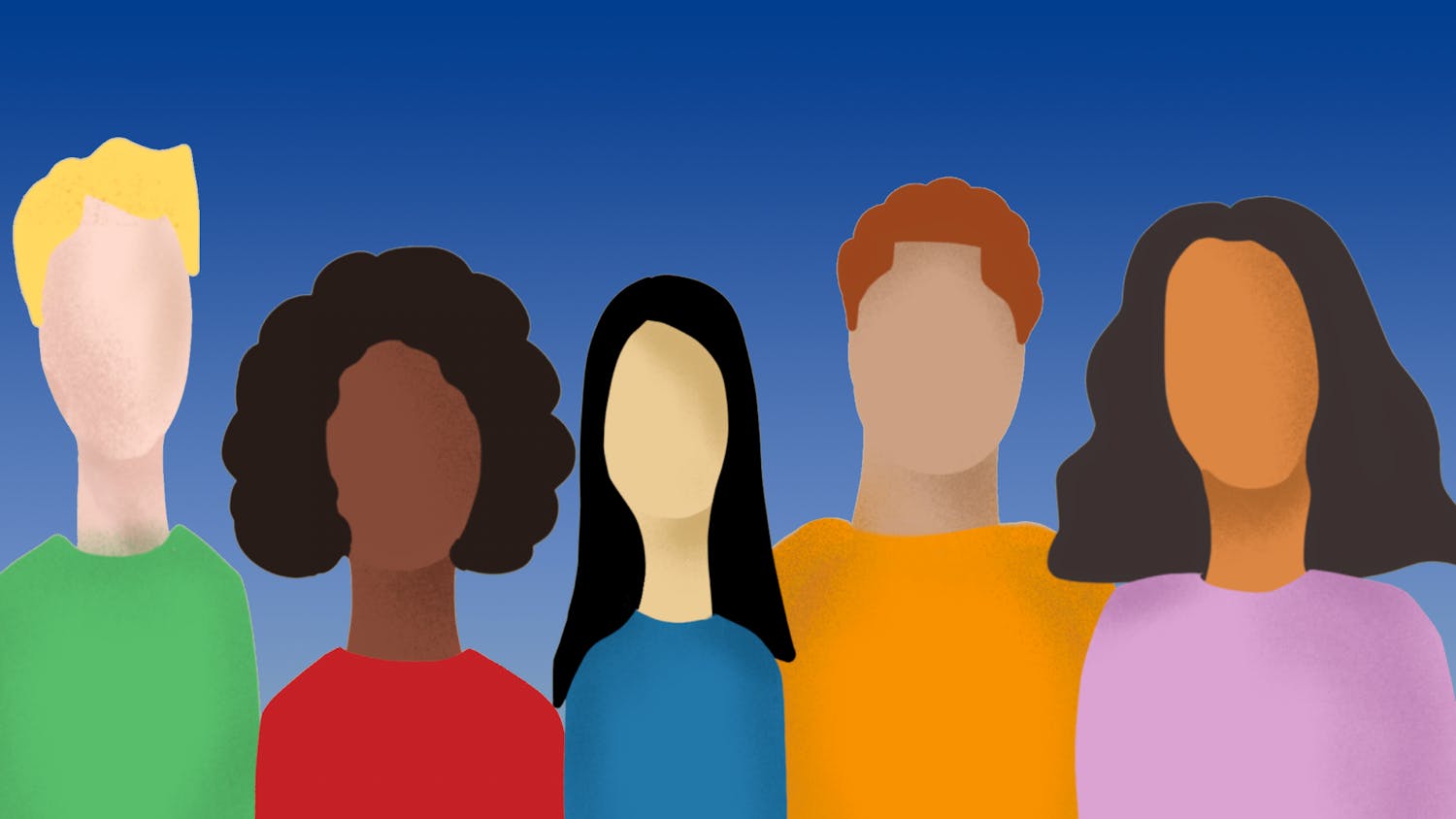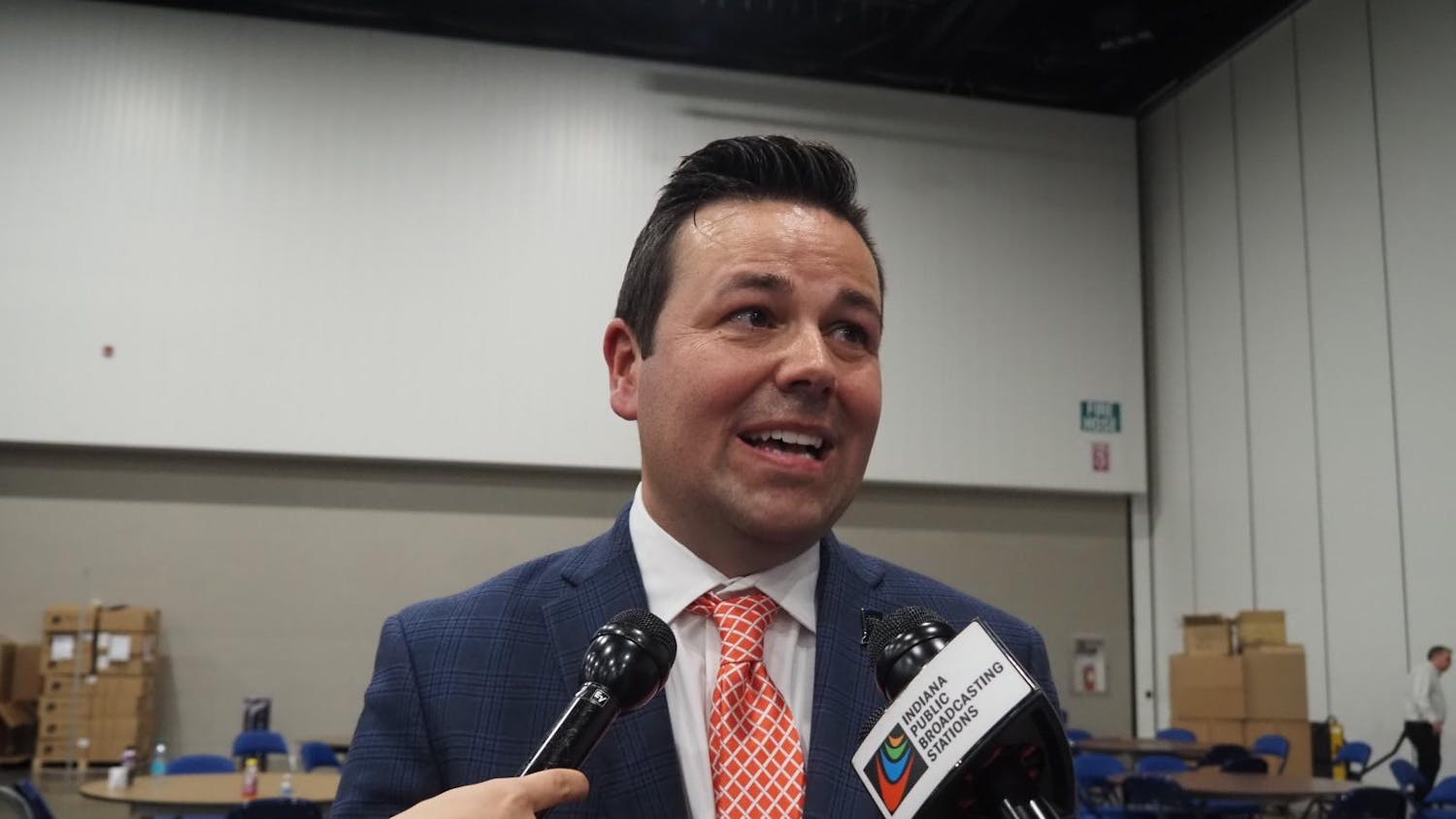It's about time Indiana joined the rest of the civilized world in observing daylight-saving time, falling an hour back in the fall and jumping an hour forward in the spring. Although Congress adopted daylight savings time nationally in 1966, states were allowed to opt out, and Indiana chose to do so. \nIndiana has three time zones. Seventy-seven counties, including Monroe County, are in the Eastern Time Zone but do not change to Daylight time in April; instead, they remain on Standard Time all year. Ten counties -- five near Chicago and five near Evansville, are in the Central Time Zone and use both Central Standard and Central Daylight. Five other counties -- two near Cincinnati and three near Louisville -- are in the Eastern Time Zone but use both Eastern Standard and Eastern Daylight.\nSound confusing? It is. And because of the difficulty in keeping track of what time it is where, many international businesses refuse to move offices into the state. In this technological era, phone calls are missed, meetings mixed up and appointments confused because of the difficulty in reconciling one clock with another.\nIn some places, such as southern Indiana near the Kentucky border, parents might work in an area which sticks to "fast time," or daylight-saving time, while their childrens' school is in a "slow time," or standard time, region. Imagine trying to keep doctor's appointments, soccer practice and business meetings straight when the times are not consistent.\nAccording to the Hoosier Daylight Commission, a group lobbying the state legislature to pass a bill to change to daylight-saving time, the bill could result in fewer traffic accidents and violent crimes since daylight would last an hour later.\nPart of the reason Indiana chose standard time was pressure from the farm coalition. Because farmers generally wake up with the sun and work until it sets, they might miss community activities if the day is lengthened. \nBut the farm coalition has not been vocal against daylight-saving time for many years. More issues have been raised by businesses, such as fast food restaurants, movie theaters and shopping malls, which might be hurt by a loss in customers if it gets dark earlier. But outdoor recreation, such as golf courses and parks, would benefit from the change because families could stay longer. \nThis is a technological age, and we live in an increasingly national and international community. Indiana should work to be a leader, rather than keeping itself at the back of the pack with outdated traditions.\nFifty-seven percent of Indiana residents support daylight-saving time, according to a survey conducted by Wirthlin in August. Members of the Democrat and Republican parties and Gov. Frank O'Bannon support the change. Now it is up to the legislature to push the bill through their chambers and bring Indiana into the 21st century.
Indiana must change with times
Daylight-saving time would help state
Get stories like this in your inbox
Subscribe




